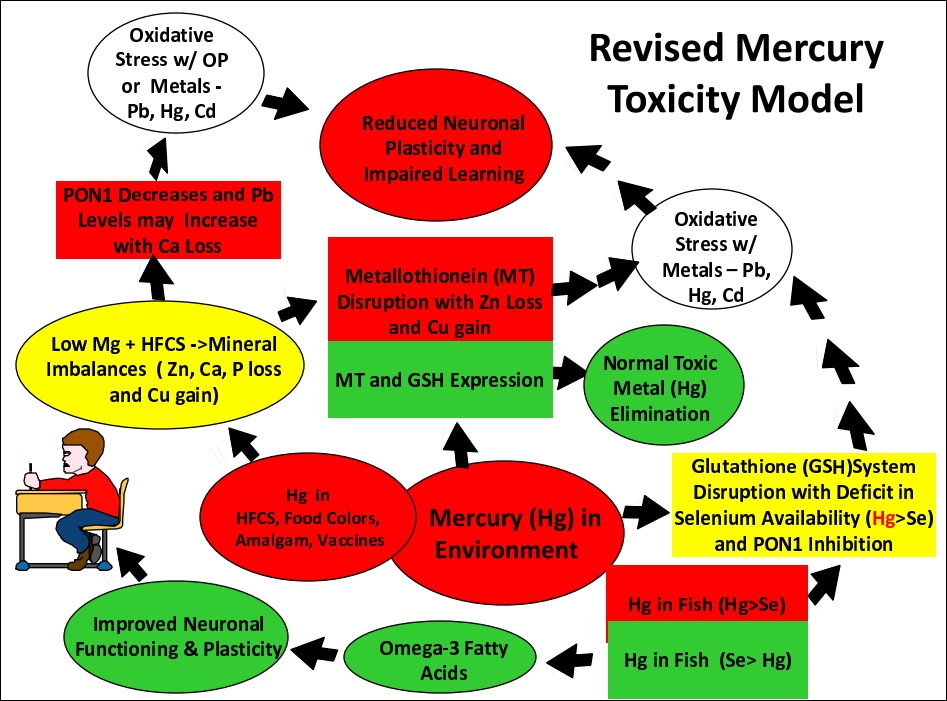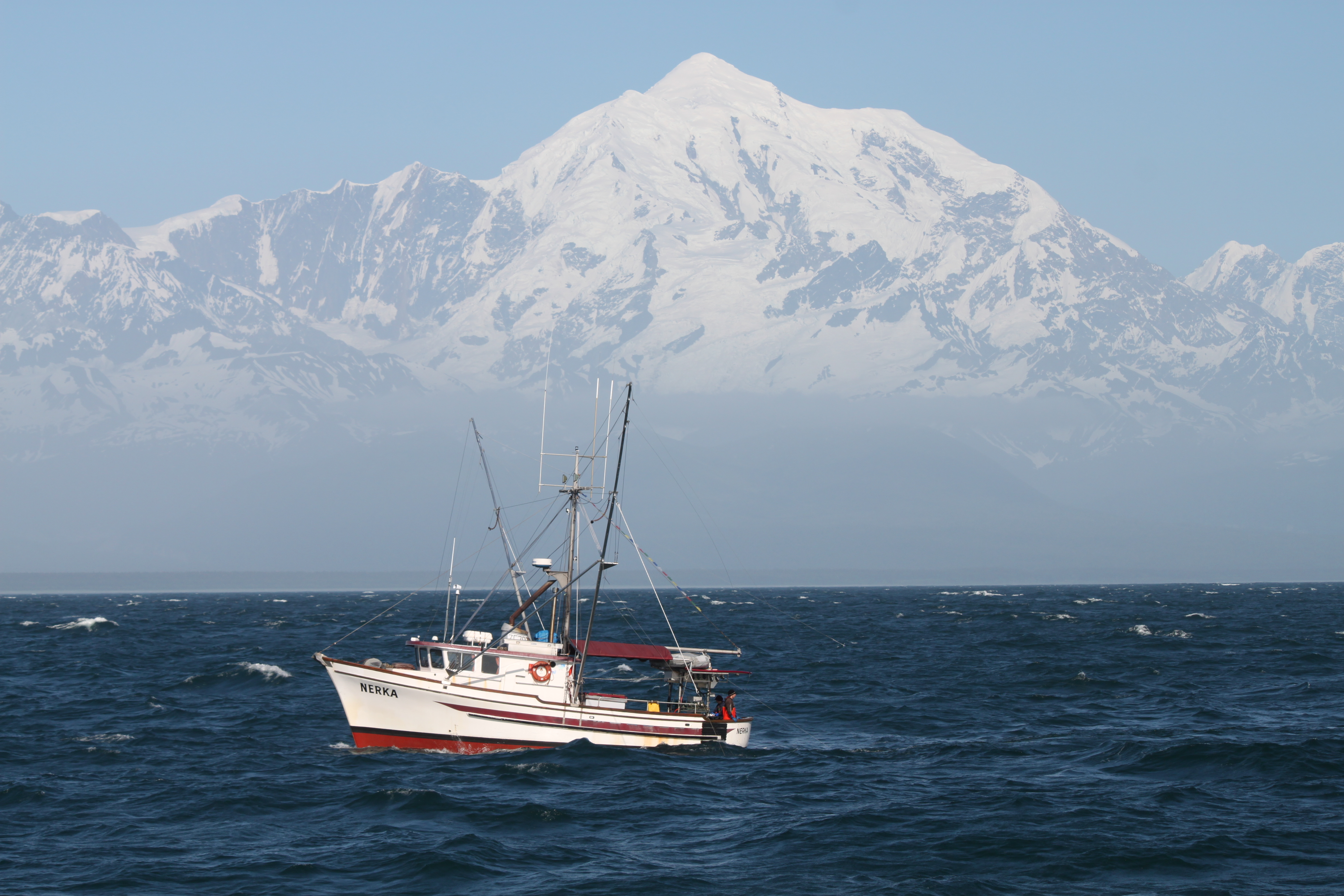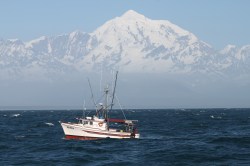
The Nerka with Mount Fairweather in the background.
I lean over the rail, whispering sweet nothings to the salmon in the water below. Hooked through the cheek, she stares at me with a turquoise eye. I raise the baseball bat-like gaff with my right hand and promise her, “This will be quick.” When I slam the gaff against her head, her opal scales quiver faintly, then go still. I yank her out of her universe, and into mine. A pool of crimson spreads on the deck. “Thank you.”
My partner Joel glances over. “Nice one!” Like me, he grew up fishing. At 22, he became the captain of the Nerka, his childhood summer home. We’ve run this 43-foot salmon troller together for seven years, selling our catch to his father, who markets our salmon to restaurants, grocery stores, and food co-ops around the U.S.
Not to be confused with trawlers, which drag large nets across the ocean floor, trollers are hook-and-line boats that target as close as possible the intended catch with little harm to habitat. The Nerka putters along Southeast Alaska’s densely forested coastline, trailing four to six lines laddered with hooked lures. Each salmon comes over the rail individually, and is handled with care through the entire process.
From an efficiency standpoint, it doesn’t make sense to comb the sea for 18 hour days, for weeks on end, struggling to catch 100 salmon a day, one at a time. The challenges and risks far outweigh the financial payoff. Like family farming, our greatest reward is our lifestyle. Between the Gulf of Alaska’s infinite blue swallowing the horizon and the Tongass National Forest’s lush green cloaking the coast, our office is a dreamscape. With whales, sea otters, porpoises, puffins and other sea birds as colleagues, our job involves more than merely catching fish. Occupying a link in this food chain is a privilege; doing it sustainably is a responsibility.
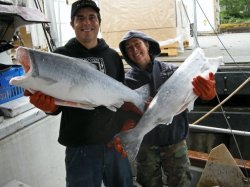
Tele (right) with her fishing partner Joel.
With three months to target coho and two short openings for chinook, Joel and I fling ourselves into a grueling marathon. Life at sea is never predictable, yet our labor takes on the silver-scaled blur of routine. We fuss over our catch, heading, gutting, and pressure bleeding every fish. Shortly after coming aboard, the bloodless salmon are blast-frozen in our -40 degree freezer. Every few days, I bundle myself up in head-to-toe insulated gear and spend hours “glazing” — or hand-dipping the sashimi-grade fish popsicles into a saltwater rinse to prevent freezer burn and increase shelf life.
Laborious and physically demanding, this isn’t the hardest part of our work. More than the hands crippled with carpal tunnel and eyes gritty from exhaustion, taking the lives of fish is tough. Movies and TV shows like Deadliest Catch have painted commercial fishermen as testosterone-drenched warriors on a take-all-you-can battlefield — a man-against-nature fury. But Joel and I are tree hugging, tofu-eating, protest marching greenies. Bringing that reverence for nature and responsibility to the business of killing isn’t always easy.
But I’d argue that it’s necessary. Salmon fishermen and customers must be advocates for sustainability. Activist/organizer Andrianna Natsoulas has explored this role among fishing and farming communities worldwide. She explains, “Community based fishermen are some of the best marine stewards. They don’t have corporate backing to pick up and go when the fish run out. So they want to preserve and protect the salmon and their essential habitat for the next seven generations. Unfortunately, the powers that be are powerful, but there is even more power in the masses.”
So what does “preserve and protect” really mean?
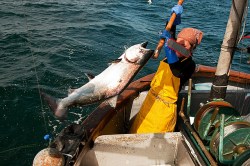 Thirty-seven years before the U.S. Congress passed the Sustainable Fisheries Act, Alaska’s Constitution declared that marine resources must be managed sustainably. And, for the most part, they are. Our salmon seasons are determined by a “fixed escapement” policy — meticulous in-season management ensures enough adults reach their spawning rivers, valuing strong future stocks first and fishing quotas second. Spared the dams, industrial agriculture, and sprawling development that devastated the West Coast’s salmon, Alaska continues to see record runs while benefiting from a billion dollar industry.
Thirty-seven years before the U.S. Congress passed the Sustainable Fisheries Act, Alaska’s Constitution declared that marine resources must be managed sustainably. And, for the most part, they are. Our salmon seasons are determined by a “fixed escapement” policy — meticulous in-season management ensures enough adults reach their spawning rivers, valuing strong future stocks first and fishing quotas second. Spared the dams, industrial agriculture, and sprawling development that devastated the West Coast’s salmon, Alaska continues to see record runs while benefiting from a billion dollar industry.
Salmon sustainability depends on two critical components: manage fisheries to allow enough fish to get upstream to spawn, and don’t mess up their habitat. As carefully as Alaska guards salmon at sea, there’s been an ironic lapse to apply the same diligence to their spawning habitat: the Tongass National Forest.
At 17 million acres, the Tongass National Forest represents nearly a third of the world’s remaining old-growth temperate rainforest. Home to 70,000 people, this rare ecosystem also supports over 200 species, including deer, wolves, eagles, bears, and all five salmon species.
Salmon are a bridge between the ocean and the forests, concluding their life cycle with a heroic journey back to their stream of origin to spawn the next generation. The Tongass towers over 4,500 of those streams. From shade to protect developing eggs, to nutrients for next year’s young, to the shelter of fallen debris, salmon need these trees.
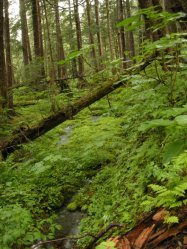 Trees need salmon, too, or the nitrogen they provide the soil after they die. Some of the world’s most abundant salmon runs and ancient rainforest are found together. In Amy Gulick’s book, Salmon in the Trees, Carl Safina says: “The trees that shelter and feed the fish, that help build the fish, are themselves built by the fish. These forests are where the ocean comes to die — and to be reborn … Take away the fish and there’s not enough food and fertilizer.”
Trees need salmon, too, or the nitrogen they provide the soil after they die. Some of the world’s most abundant salmon runs and ancient rainforest are found together. In Amy Gulick’s book, Salmon in the Trees, Carl Safina says: “The trees that shelter and feed the fish, that help build the fish, are themselves built by the fish. These forests are where the ocean comes to die — and to be reborn … Take away the fish and there’s not enough food and fertilizer.”
Protecting salmon means protecting their habitats, at sea and on land. But only about 35 percent of these spawning rivers in the Tongass are protected; the rest remain open to development that could harm future generations of fish. Back in the timber heyday, about 500 miles of streamside habitat was logged, leading to the loss of much critical spawning/rearing habitat for salmon. These damages have not yet been mended — unmaintained roads and trails still block fish passage to upstream habitat.
Southeast Alaska’s major pulp mills shut down in the 1990’s. Logging in the Tongass now accounts for less than 200 jobs. Despite this changing landscape, the U.S. Forest Service directs $25 million of its budget to logging and road development in the Tongass, versus $1.5 million — that’s one point five — to habitat conservation and watershed restoration. A startling disparity … especially when you consider that over 7,000 people work in salmon-related jobs — 10 percent of Southeast Alaska’s employment — not to mention the shore-side shops that depend on the industry.
But there are solutions, and Andrianna offers one. “Stream restoration projects replace or remove bridges and culverts, allowing for safe salmon passage.” But this takes money, she adds. “Tell your lawmakers the Tongass needs a more rational budget that [funds] salmon habitat management and restoration, rather than outdated timber programs.”
